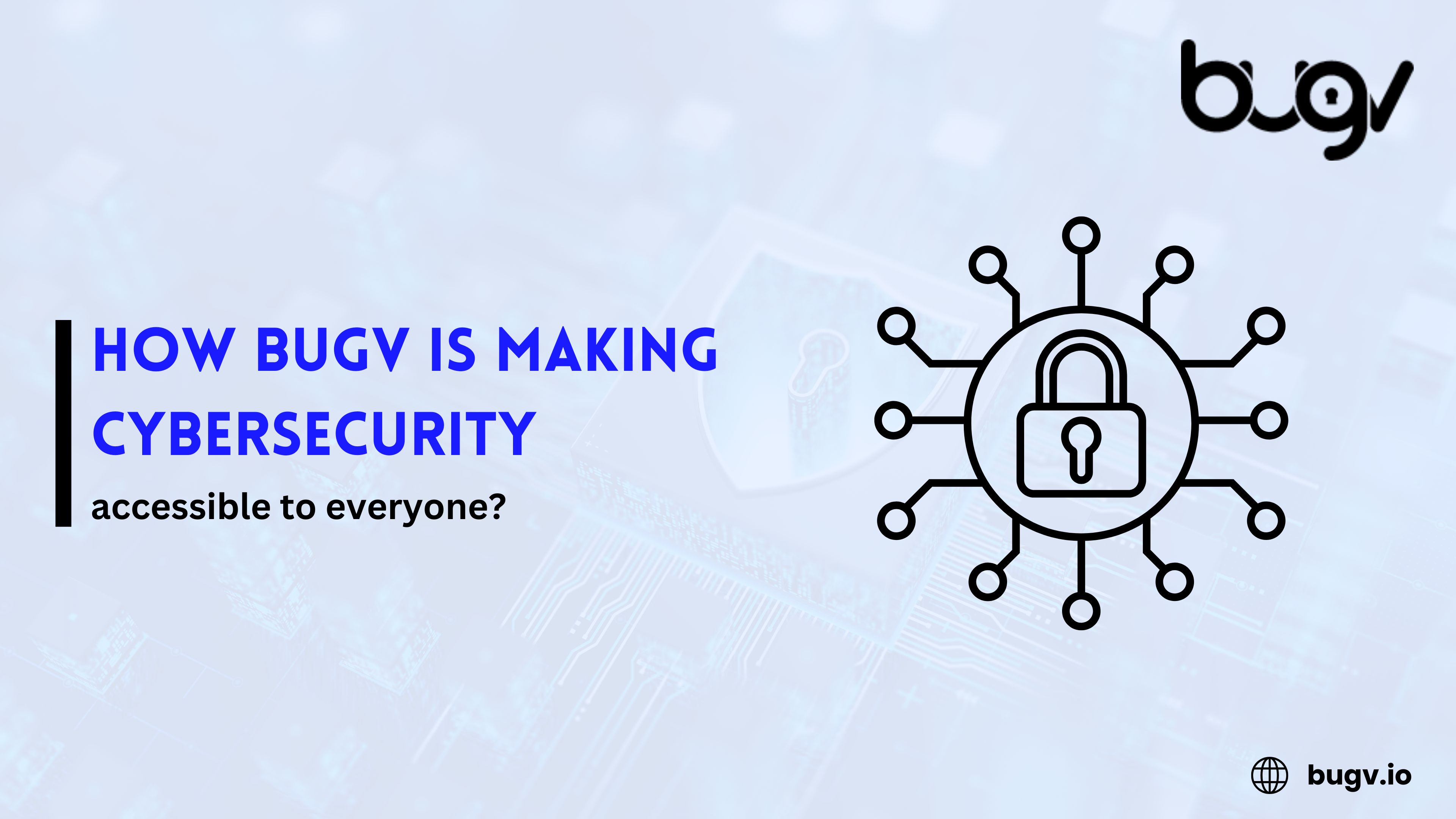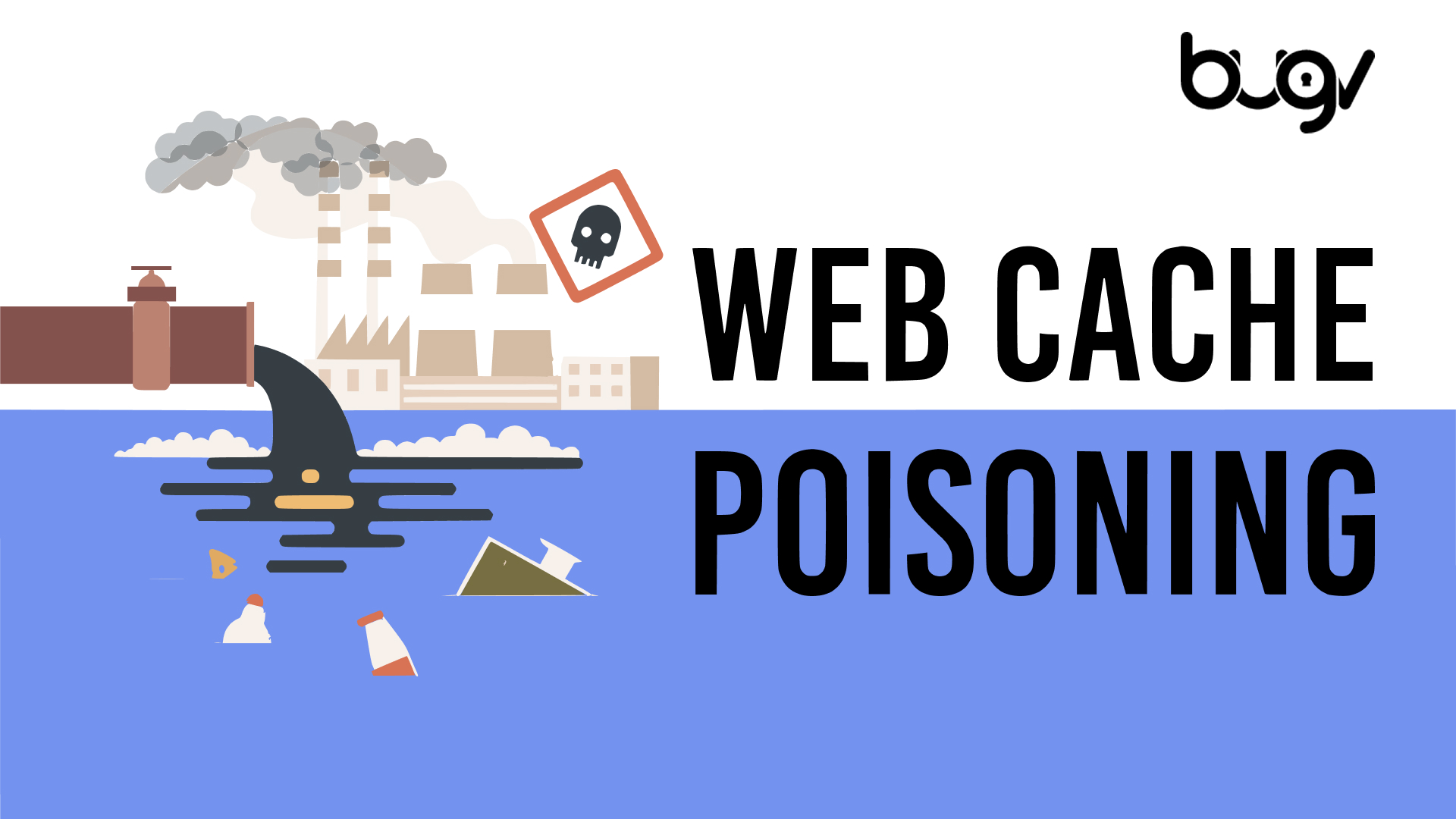The journey to becoming a successful bug bounty hunter is both exciting and challenging. Whether you’re just starting or have been in the game for a while, there are certain pitfalls that many hunters fall into along the way. At Bugv, we’ve seen firsthand how these mistakes can hinder progress, and today, we’re going to highlight five common mistakes bug bounty hunters make—and how you can avoid them.
1. Overloading on Theory, Underloading on Practice
The Problem: Bug bounty hunting is a balance of knowledge and hands-on experience. Many newcomers dive deep into learning by completing labs, Capture the Flag (CTF) challenges, reading articles, or watching tutorials, all of which are important for sharpening skills. However, they often delay transitioning to actual bug hunting on live platforms. This “learning overload” can lead to burnout or a false sense of preparedness without real-world experience.
The Fix: Shift some of your focus to real-world practice. Set aside time each week to apply what you’ve learned on live bug bounty programs. Platforms like Bugv provide you with the perfect environment to gain practical experience. Real-world systems have nuances and complexities that lab exercises can’t fully replicate. Start small, but start now!

2. Depending Too Much on Automated Tools
The Problem: Automation tools like Burp Suite, Nuclei, and SQLmap are incredibly powerful and necessary in certain scenarios. However, many bug bounty hunters make the mistake of depending entirely on these tools. They expect automation to find all vulnerabilities, but this over-reliance can result in missing complex or unique bugs that require manual testing.
The Fix: Automation should complement, not replace, manual testing. Use tools to assist your recon and scanning efforts, but take the time to manually explore the target. Look for unconventional bugs, business logic errors, or corner cases that automated tools might overlook. Many high-impact vulnerabilities are found by thinking creatively and going beyond what automation can achieve.

3. Underestimating the Importance of the Business Impact
The Problem: It’s easy to focus solely on the technical aspect of vulnerabilities without considering their impact on the business. Many hunters assume that certain bug types—like Cross-Site Scripting (XSS), SQL injection, or Server-Side Request Forgery (SSRF)—automatically carry a high impact. In reality, companies prioritize vulnerabilities based on how much they affect business operations, customer data, or service integrity.
The Fix: Always put yourself in the shoes of the business. Before submitting a report, consider how the vulnerability you’ve discovered could affect the company. Would this bug lead to financial losses, data breaches, or reputational damage? Think about the broader business context. A low-severity bug in one context could be critical in another—understanding this will significantly improve your reporting.
4. Lack of Target Research
The Problem: Many hunters jump straight into testing without thoroughly researching the target. This is one of the most common mistakes, especially for newcomers. Without fully understanding how the target’s system, platform, or service works, hunters might miss critical vulnerabilities or, worse, report false positives.
The Fix: Before you begin testing, spend time studying your target. Learn about the technologies they use, the structure of their web applications, and what’s important to their business model. Use open-source intelligence (OSINT) to gather information about their public-facing systems. Knowing how the target functions can lead you to more relevant vulnerabilities, including those that may be overlooked by others.

5. Failing to Document and Learn from Failures
The Problem: Bug bounty hunting is a long-term journey, and failure is part of the process. Many hunters, especially those new to the field, give up after facing several rejections, duplicate reports, or low bounty rewards. Moreover, hunters often don’t keep proper documentation of what worked and what didn’t, which stifles progress and learning.
The Fix: Document everything—your methodology, tools used, target recon, findings, and even failures. This will allow you to track patterns, improve your approach, and learn from past mistakes. Additionally, embrace failure as part of the process. Every rejected report is an opportunity to refine your skills. Keep testing, keep learning, and over time, you’ll find your stride. Bug bounty hunting is a marathon, not a sprint!
Conclusion: Grow, Adapt, and Succeed
Bug bounty hunting is a dynamic and ever-evolving field. By avoiding these common mistakes, you’ll be able to enhance your hunting strategy, improve your success rate, and ultimately, claim more bounties. Stay persistent, stay curious, and always be willing to adapt and grow.
Remember, every expert was once a beginner. The key is learning from your mistakes and turning them into stepping stones on the path to success.
Looking to start your bug bounty journey? Explore our programs at Bugv and start hunting today!












